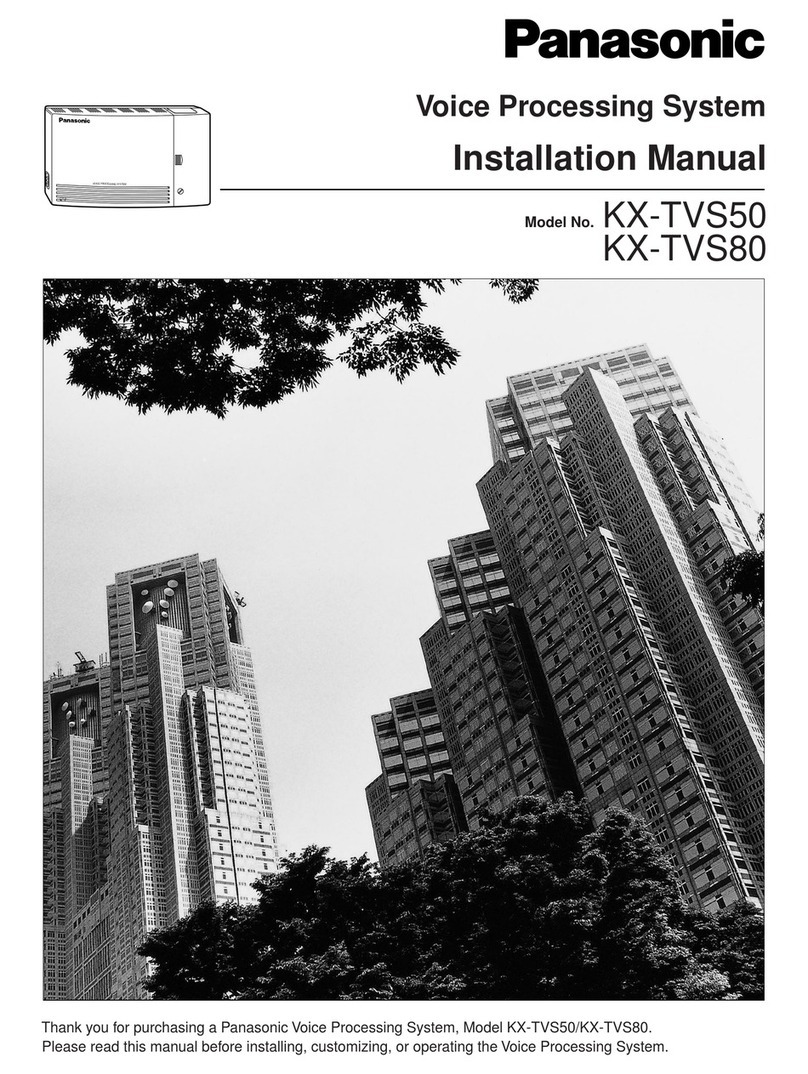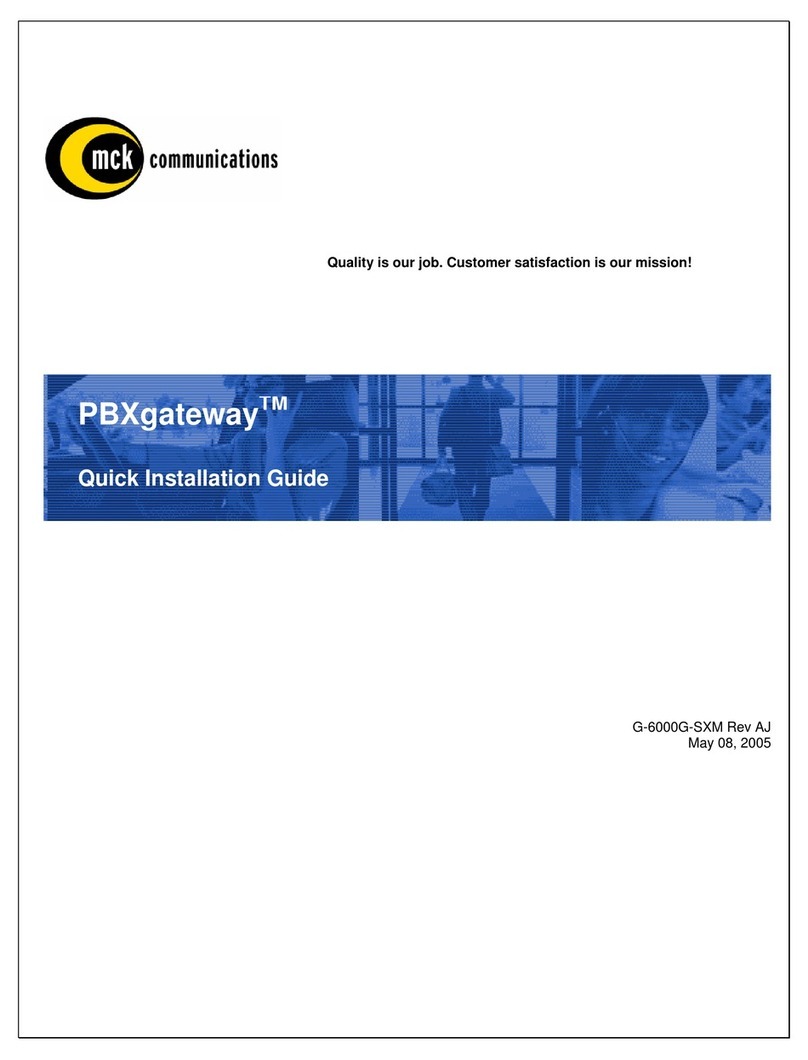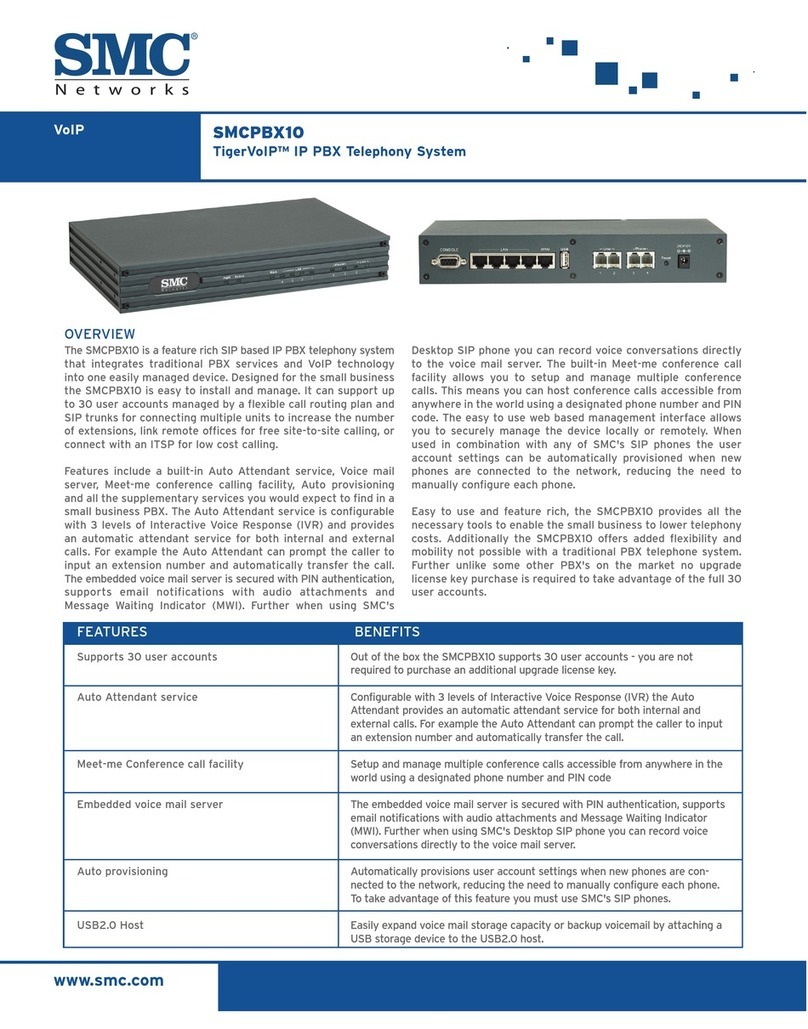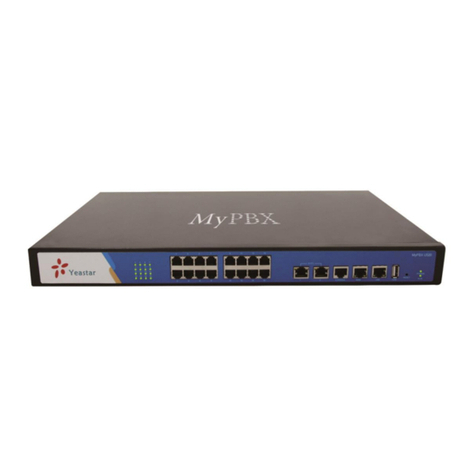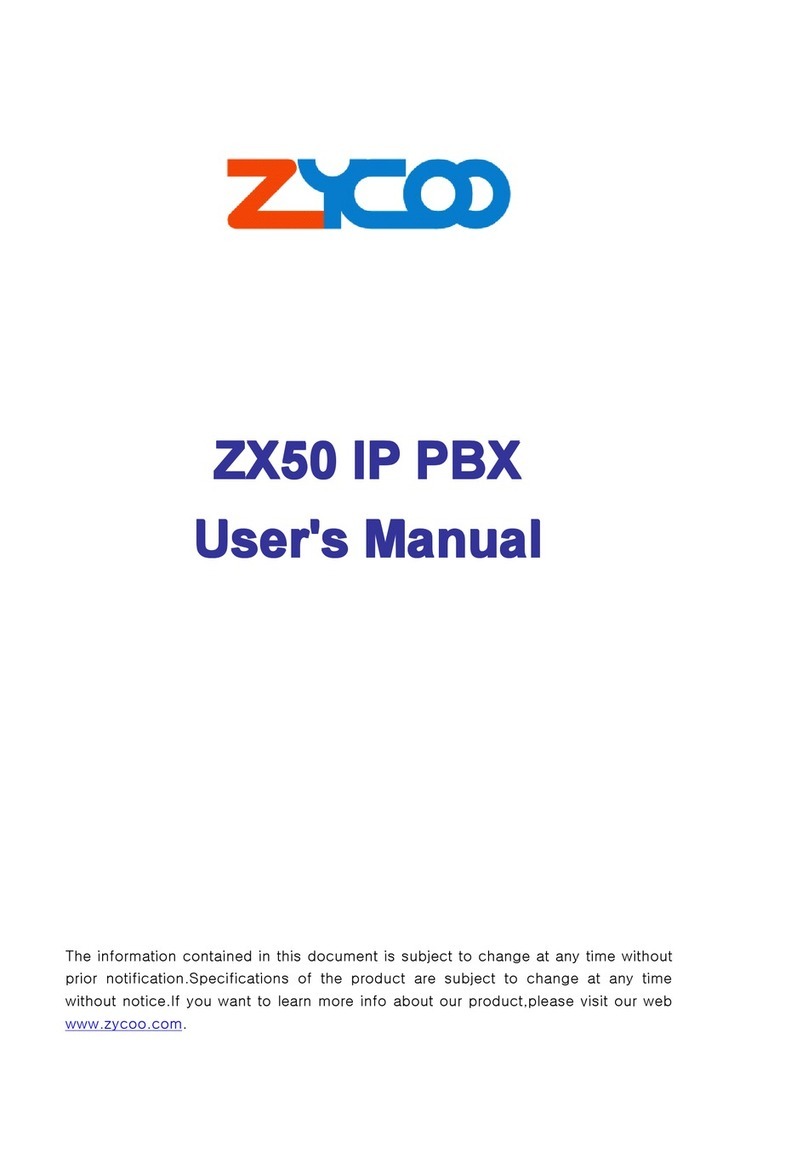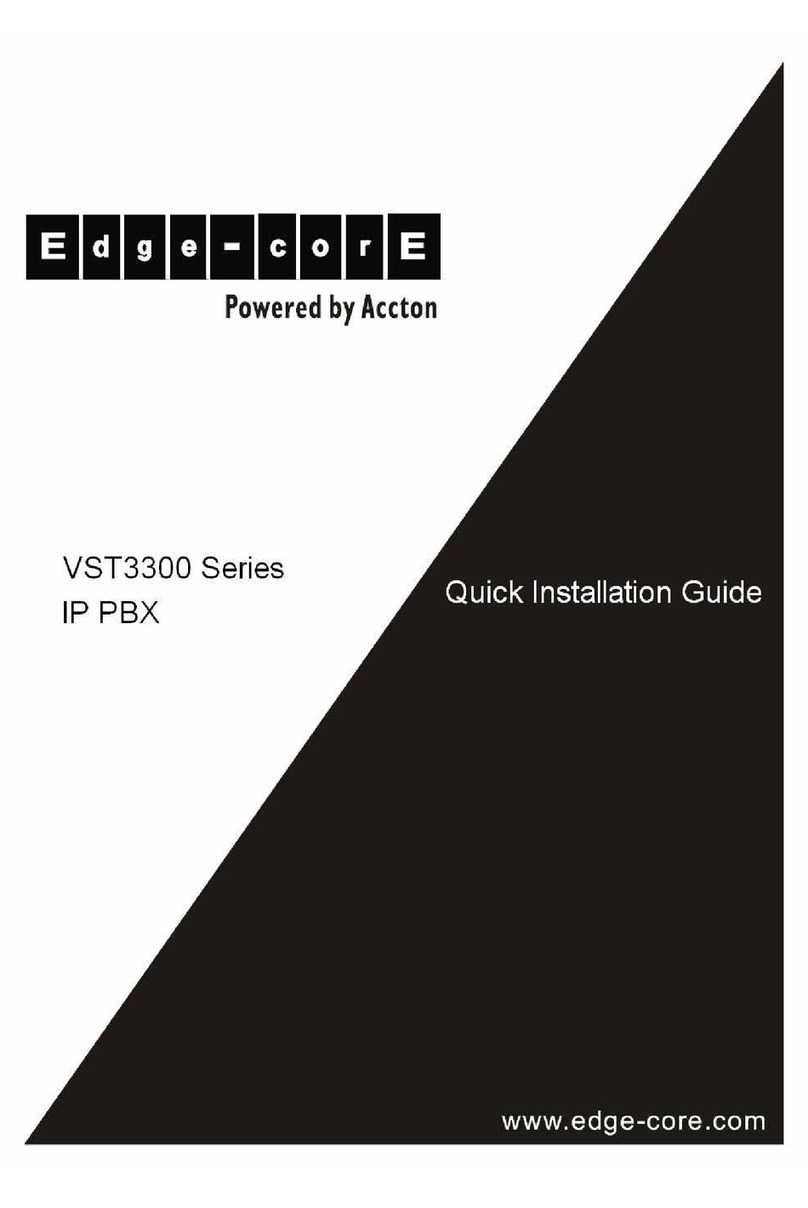
NC-AD300E Manual
- 3 -
Contents
Foreword........................................................................................................................... - 2 -
Contents.............................................................................................................................- 2 -
Chapter 1 Overview.......................................................................................................- 5 -
1.1 Brief introduction....................................................................................................... - 5 -
1.2 Main specialfication....................................................................................................- 5 -
Chapter 2 Hardware construction................................................................................- 5 -
2.1 Structure overview......................................................................................................- 5 -
2.2 Interface description...................................................................................................- 6 -
2.3 Hardware specification...............................................................................................- 8 -
Chapter 3 Installing Equipment...................................................................................- 9 -
3.1 Pre-installation preparation.......................................................................................- 9 -
3.1.1 DeviceAccessories..............................................................................................- 9 -
3.1.2 tools..................................................................................................................... - 9 -
3.1.3 Cable................................................................................................................... - 9 -
3.1.4 Enviroment....................................................................................................... - 11 -
3.2 setup step................................................................................................................... - 13 -
3.3 Notes...........................................................................................................................- 13 -
Chapter 4 Basic configure...........................................................................................- 13 -
4.1 Terminal connection................................................................................................. - 14 -
4.2 Command States.......................................................................................................- 15 -
4.2.1 Boot states.........................................................................................................- 15 -
4.2.2 Runing state......................................................................................................- 15 -
4.2.3 from the boot state to running state...............................................................- 15 -
4.3 Startup Parameters...................................................................................................- 15 -
4.3.1 Check boot parameters....................................................................................- 15 -
4.3.2 modify the boot parameters............................................................................- 16 -
4.4 Device IPAddress......................................................................................................- 17 -
4.4.1 View IPaddress................................................................................................- 17 -
4.4.2 modify the IPaddress...................................................................................... - 19 -
Chapter 5. Software configuration................................................................................- 20 -
5.1 tools............................................................................................................................- 20 -
5.1.1 Connect device..................................................................................................- 21 -
5.1.2 Disconnect.........................................................................................................- 21 -
5.1.3 Read device parameters.................................................................................. - 21 -
5.1.4 Write device parameters................................................................................. - 22 -
5.1.5 Load Parameters..............................................................................................- 22 -
5.1.6 Export Parameters...........................................................................................- 22 -
5.1.7 Reset Device......................................................................................................- 22 -
5.2 Operation configuration...........................................................................................- 23 -
5.2.1 DSPfunction.....................................................................................................- 23 -
5.2.2 Telnet service....................................................................................................- 23 -
5.2.3 Login User........................................................................................................ - 23 -


